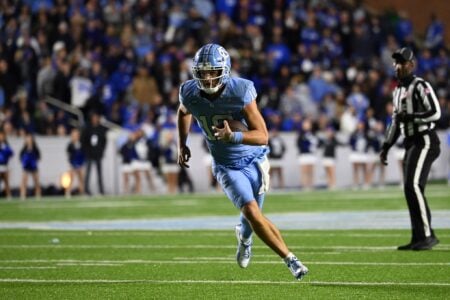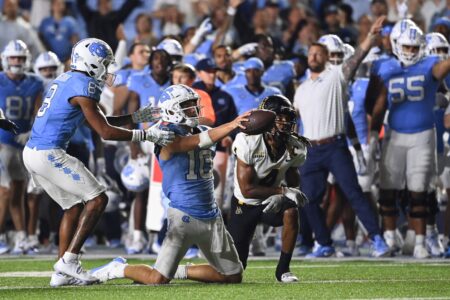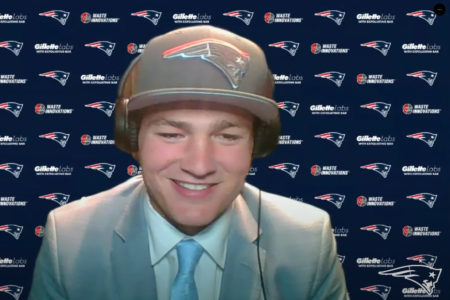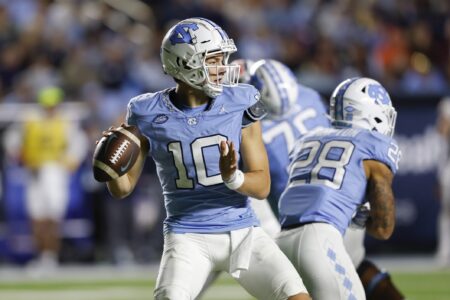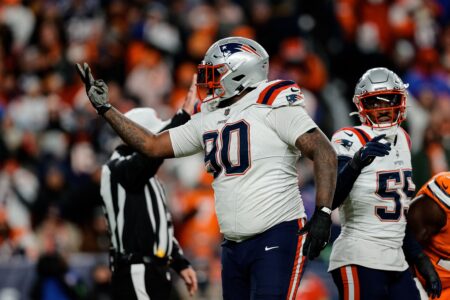TheGodInAGreyHoodie
Experienced Starter w/First Big Contract
- Joined
- Nov 12, 2007
- Messages
- 6,621
- Reaction score
- 1
You also need to check the likelihood that you will go 95 yards for a TD, don't you? Also add in the likelihood of a turnover, some of which will be TDs.
That's the problem with these statistical "systems". They fail to account for all factors and game situations (how tired opposing defense are etc. etc. the list is endless).
Point about how tired the opposing defense is: This system helps. Lets say its first quarter, you convert here, but fail to convert 7 plays later 35 yards down the field.
The opposing team is in the exact same position as if you punted, EXCEPT: the opposing defense is now 7 plays tireder. And your defense is 7 plays more rested. Which will benefit you in the 4th quarter. Even though you didn't go 95 yards for the TD.






